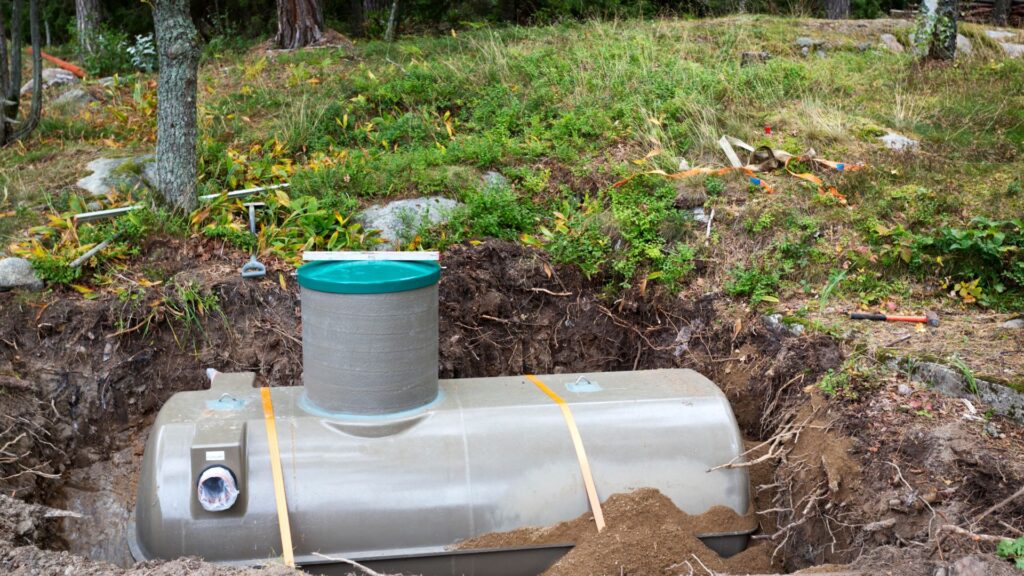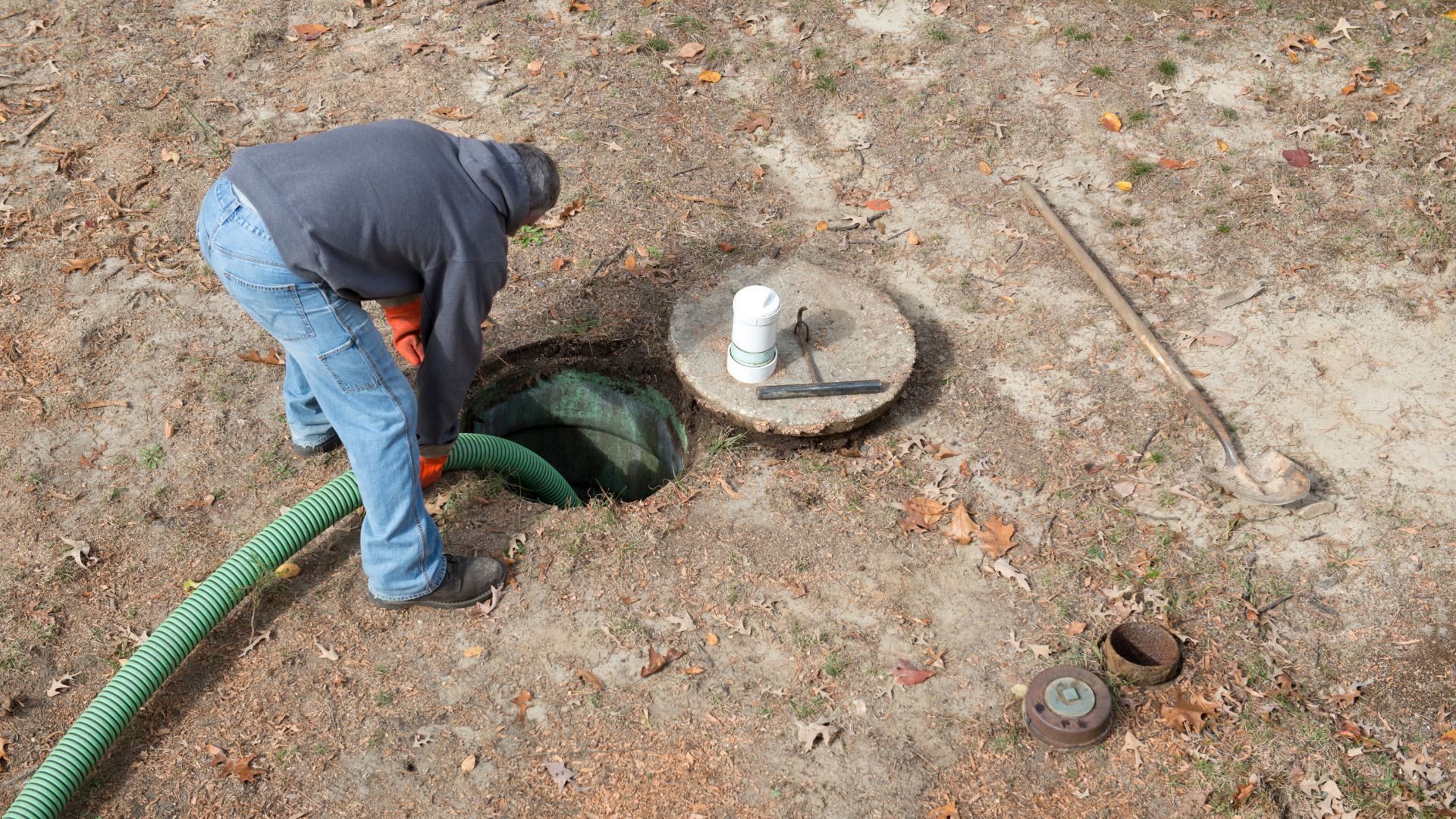
Septic tank systems are an essential part of any property not connected to a municipal sewer. But did you know that proper sizing and design of the septic tank can significantly impact its performance and longevity? This blog will discuss proper septic tank sizing and why proper septic tank design matters. So, this blog is for every homeowner wanting to understand more about septic system installation.
Understanding Proper Septic Tank Sizing
Proper septic tank sizing is crucial for effectively and efficiently treating wastewater in a septic system. A septic tank that is too small can lead to frequent backups and overflows, while a too-large tank may not allow for adequate waste treatment. To understand proper septic tank sizing, you need to consider a few important factors:
- Household Size: The number of people living in the house is a primary consideration when determining septic tank size. More occupants generate more wastewater, so a larger tank is required for larger households.
- Water Use: The amount of water the household uses affects the septic tank’s size. High water usages, such as excessive laundry, long showers, or frequent dishwashing, requires a larger tank to accommodate the increased wastewater flow.
- Bedroom Count: In some jurisdictions, septic tank sizing is based on the number of bedrooms in the house. This is because the number of bedrooms often indicates the potential number of occupants and, subsequently, the volume of wastewater produced.
- Soil Permeability: The type and permeability of the soil where the septic system is installed also play a role in tank sizing. Soils with low permeability, such as clay soils, may require a larger septic tank for adequate wastewater treatment and drainage.
- Local Regulations: Building codes and regulations may specify minimum septic tank sizes based on various factors, including household size, water usage, and soil conditions. It’s essential to consult your local health department or regulatory agency to understand the specific requirements in your area.
When considering these factors, a common guideline for septic tank sizing is to have a minimum tank capacity of a 1,000-gallon tank for a one- to three-bedroom house household. A larger tank capacity of 1,500 gallons or more may be necessary for larger homes or properties with high water usage.
However, it’s essential to note that proper septic tank sizing is a complex process that involves multiple considerations. It is always recommended to consult with a septic system professional or a licensed engineer who can assess your specific situation, conduct soil analysis, and provide accurate recommendations for the optimal tank size for your needs.
Why Proper Septic Tank Design Matters
Proper septic tank design is crucial for effectively and safely treating wastewater in a septic system. Here are some reasons why proper septic tank design matters:
- Wastewater Treatment: Septic tanks separate solids from wastewater and break down organic matter through bacterial action. Proper tank design ensures sufficient retention time for necessary treatment processes, reducing harmful bacteria, pathogens, and pollutants before the effluent is released into the drain field or soil.
- Preventing System Failure: Proper septic tank design prevents failures and malfunctions. Inadequate sizing, placement, or baffling can cause sewage backups, overflows, and clogging, leading to odors and environmental contamination. A well-designed tank can handle wastewater volume and provide long-term structural integrity.
- Protecting the Environment and Public Health: Improperly designed septic tanks can contaminate groundwater, nearby water bodies, and soil, leading to severe public health and environmental consequences. Untreated wastewater containing pollutants can harm ecosystems and drinking water sources. Proper design minimizes risks and ensures adequate treatment before discharge.
- Compliance with Regulations: Septic tank design and installation must comply with regulations and building codes with local authorities to ensure public health, prevent pollution, and maintain functionality. Proper compliance avoids legal issues and potential fines.
- Long-Term Cost Savings: Investing in a well-designed septic tank can save you money in the long run. It reduces repair costs and maintenance frequency, minimizes system failures, and has a longer lifespan, avoiding premature replacement expenses.
Working with a professional installer who understands local regulations and environmental standards can make a difference in ensuring your new system works well for years. Factors such as water use, soil type, percolation rates, and higher groundwater levels in certain regions must be considered when selecting the right type of system for your needs.
Conclusion
Proper septic tank sizing and design are crucial for the health of your household and the environment. A properly designed and sized septic system ensures that wastewater is treated effectively, preventing groundwater and surface water contamination. It also reduces the risk of costly repairs and maintenance in the future. Proper sizing ensures that your septic system accommodates your household’s needs while minimizing environmental impact. If you’re in need of guidance for designing or sizing your septic tank, reach out to our experts at Amarillo Septic Pumping Aces for professional advice in septic tank installation.






